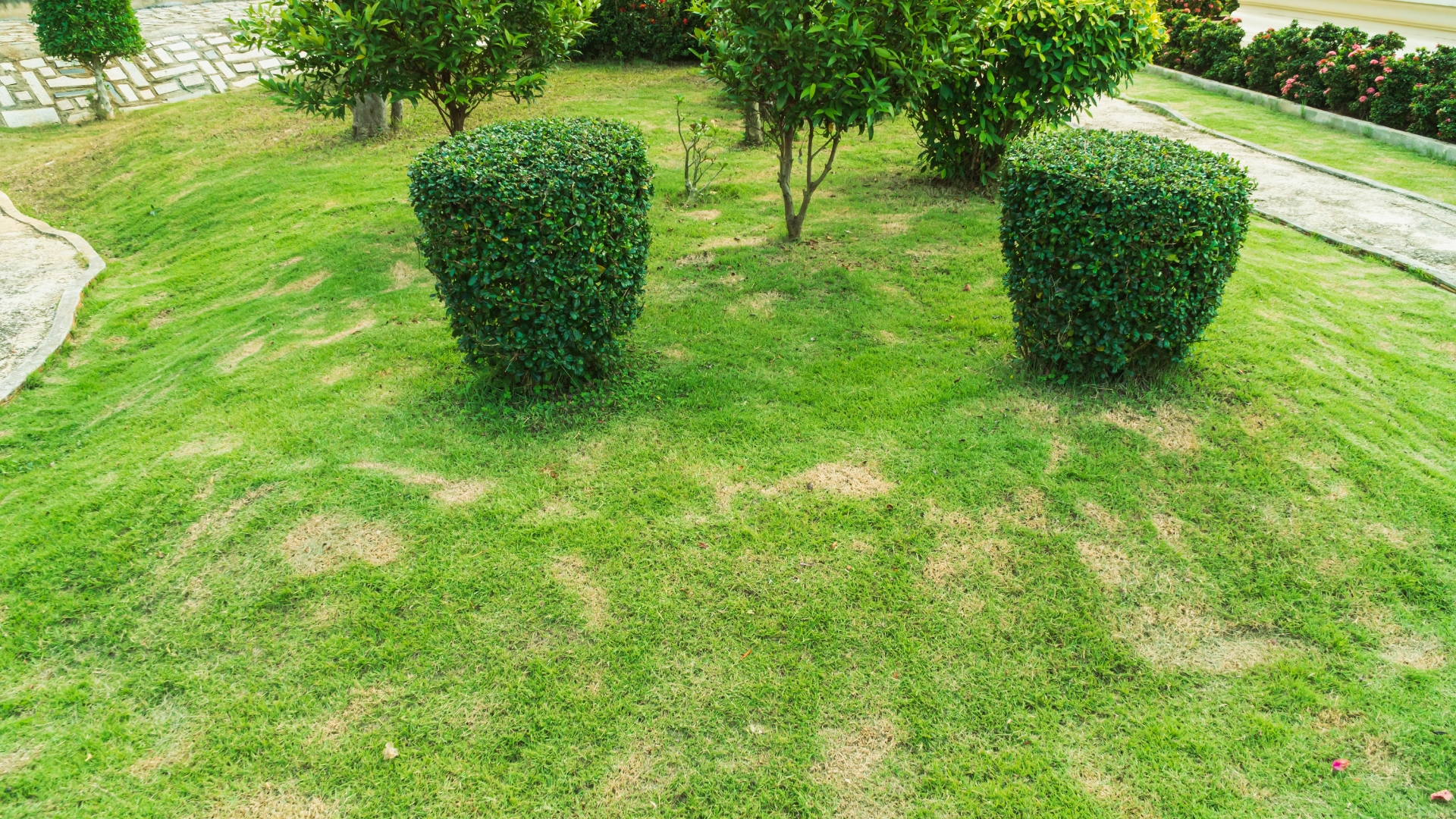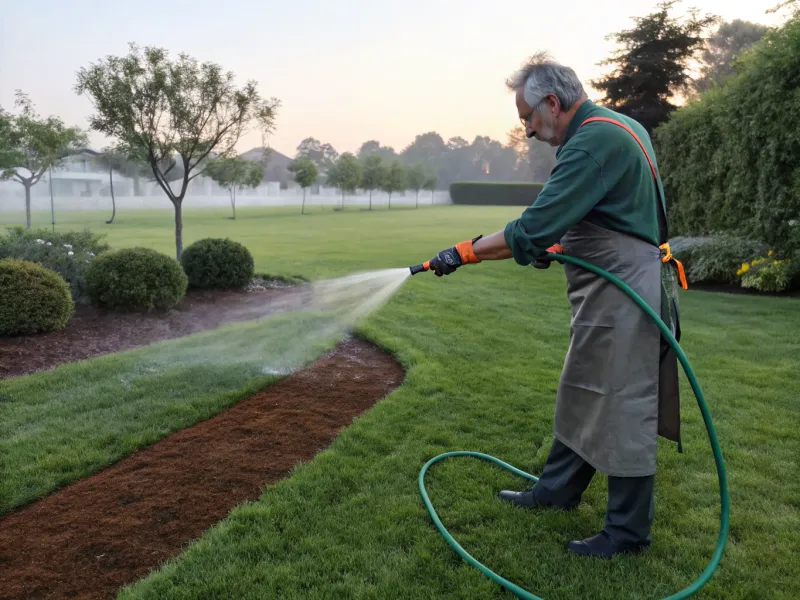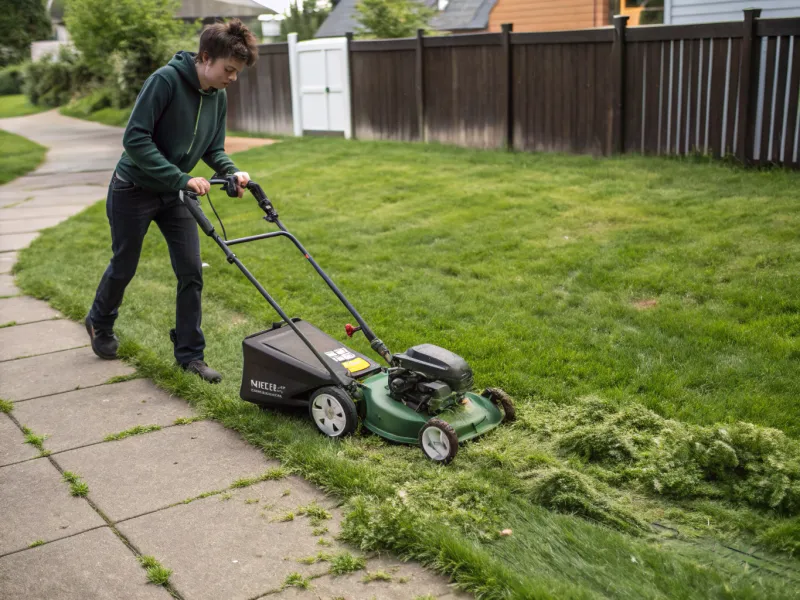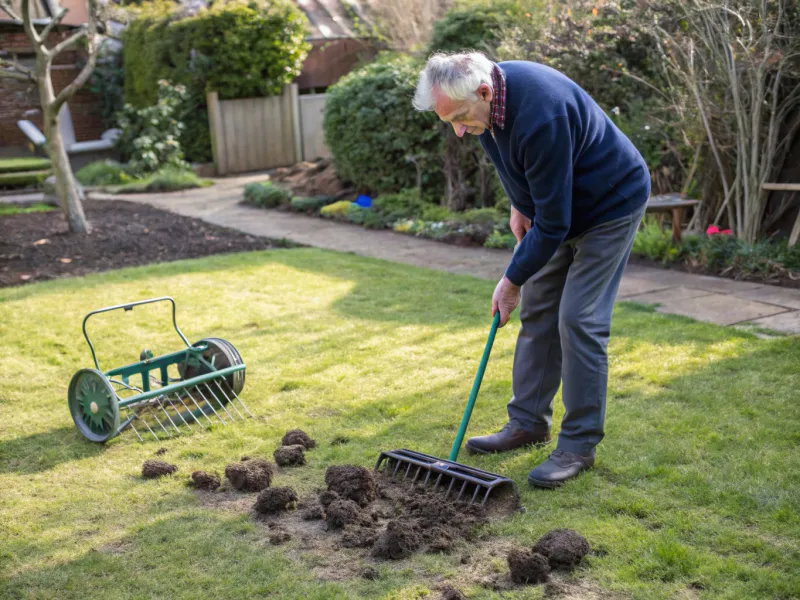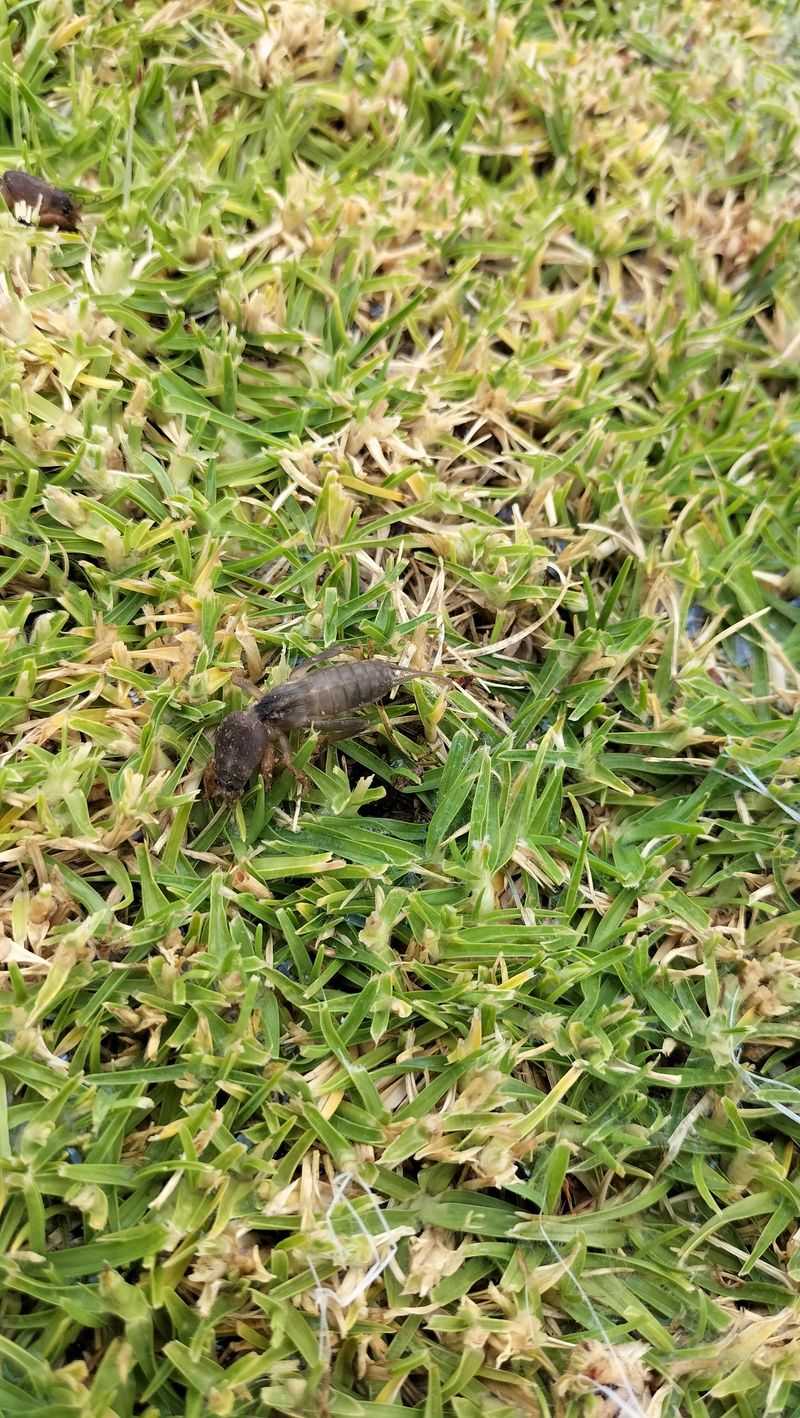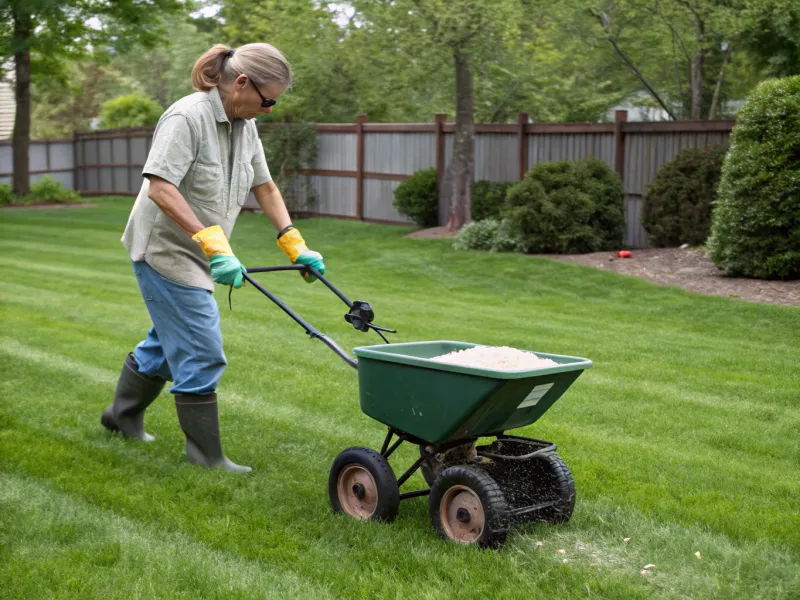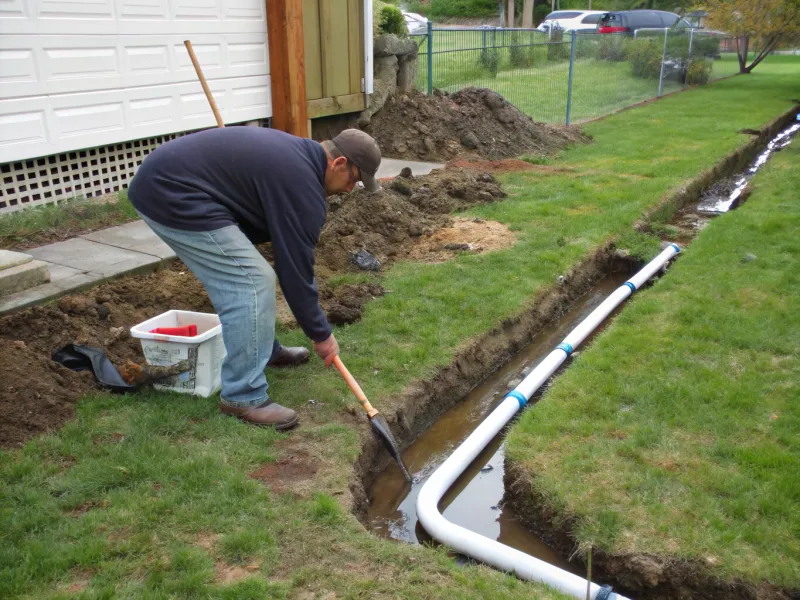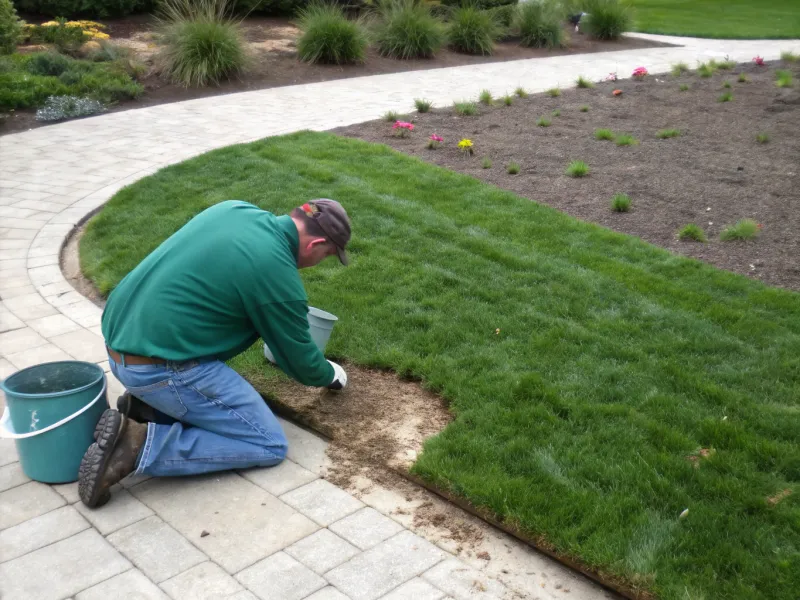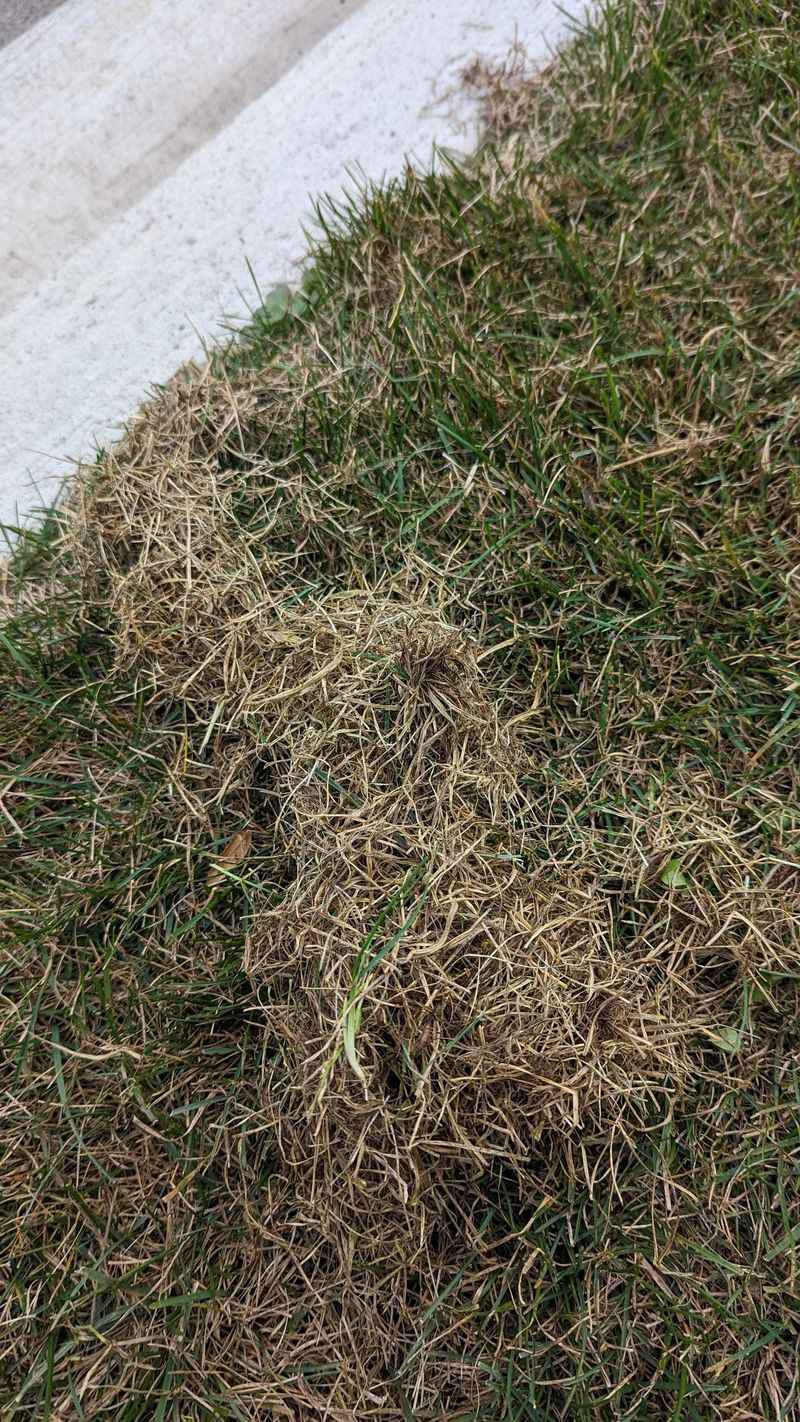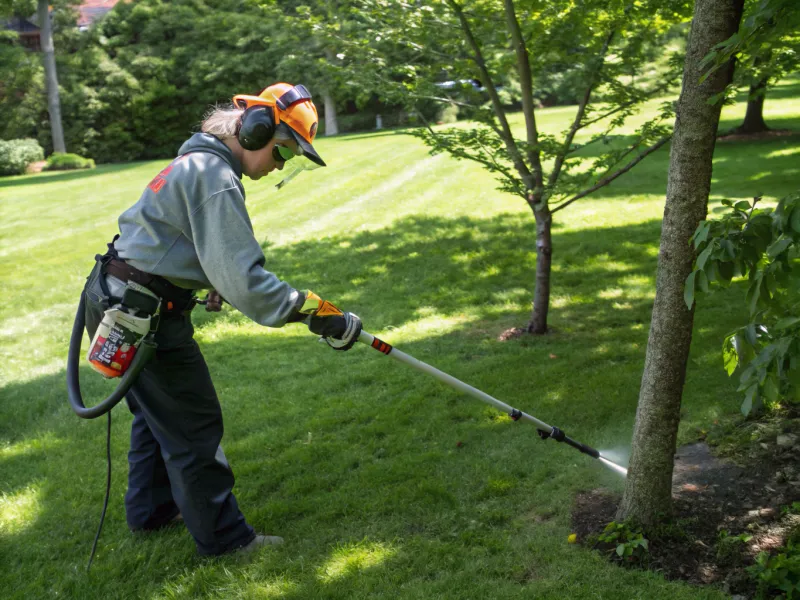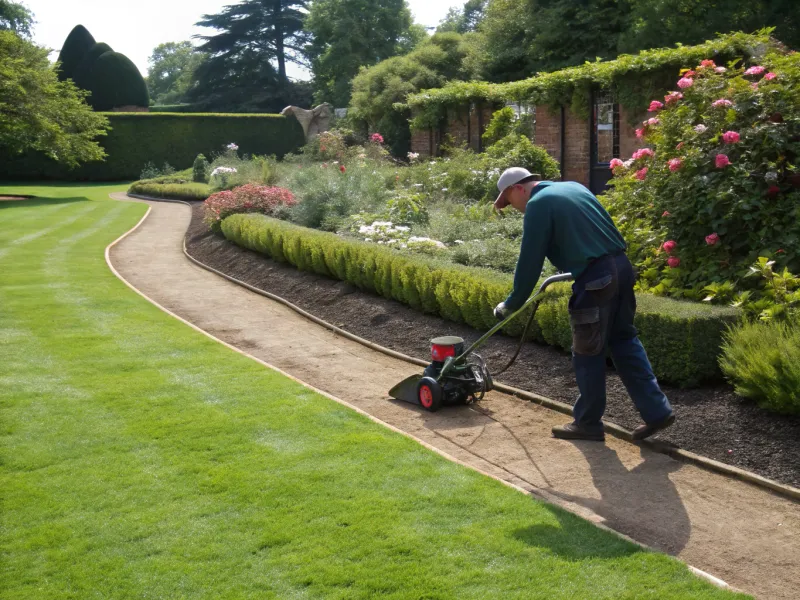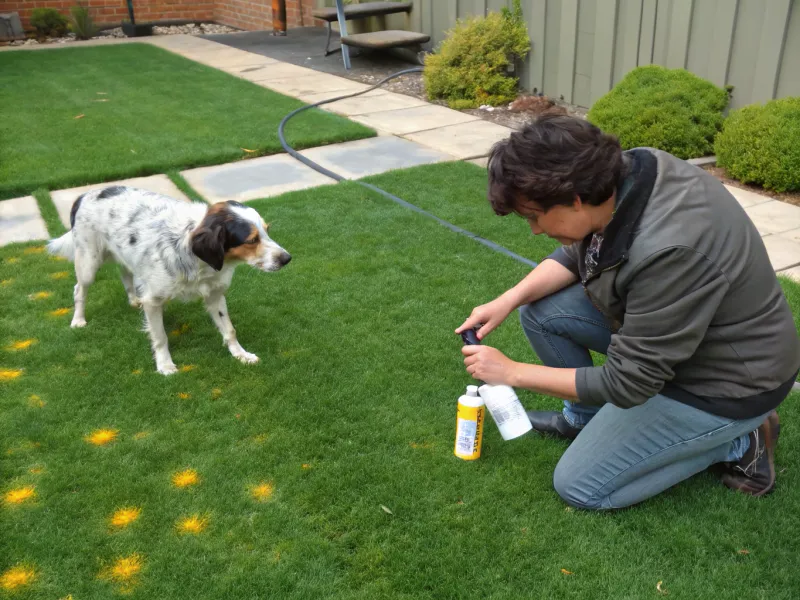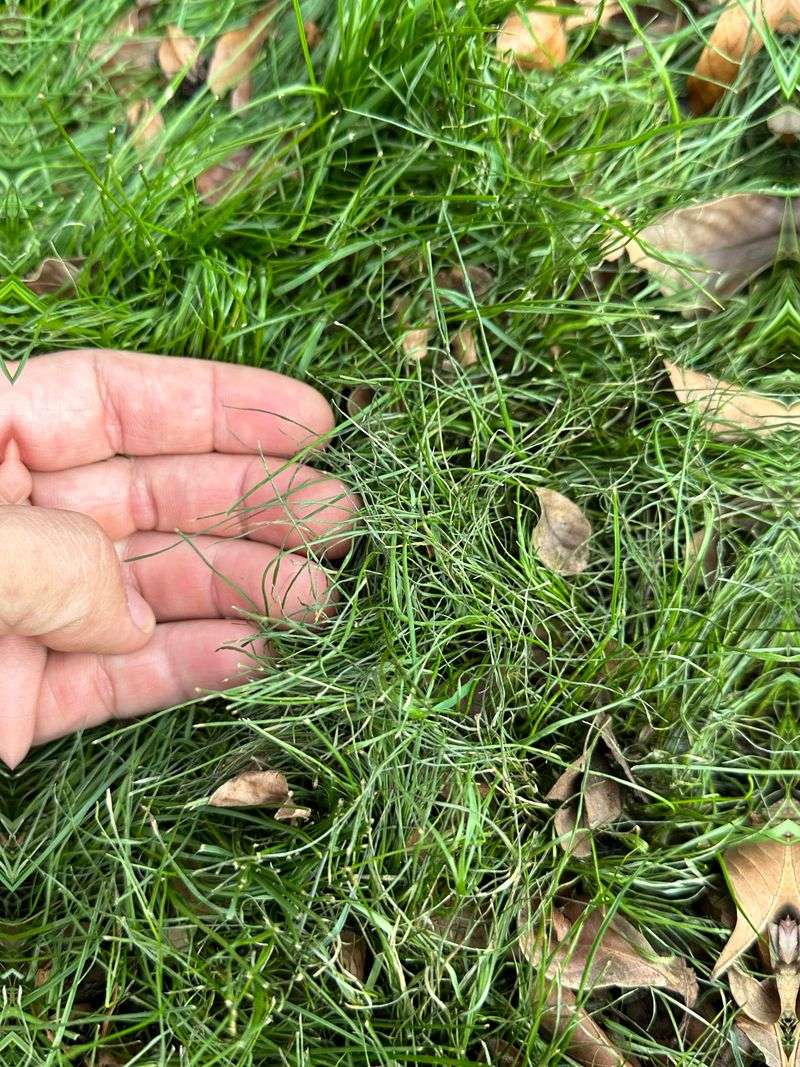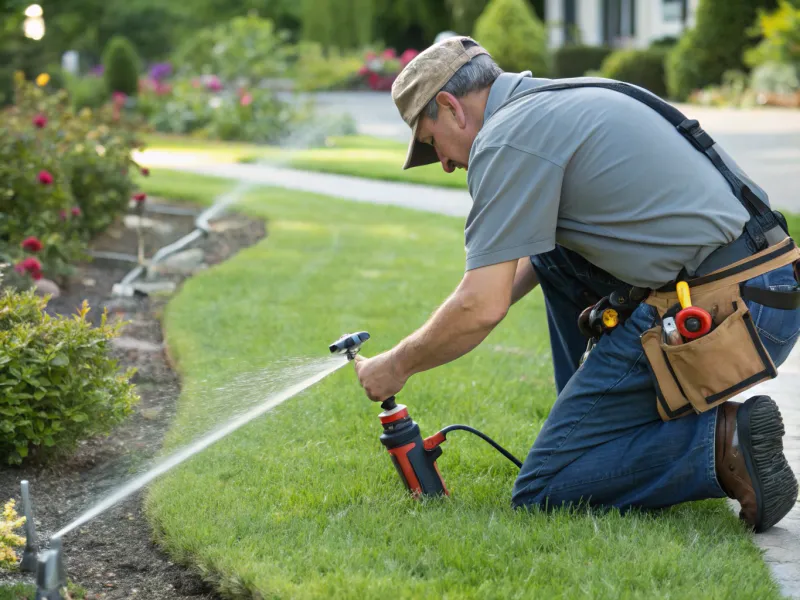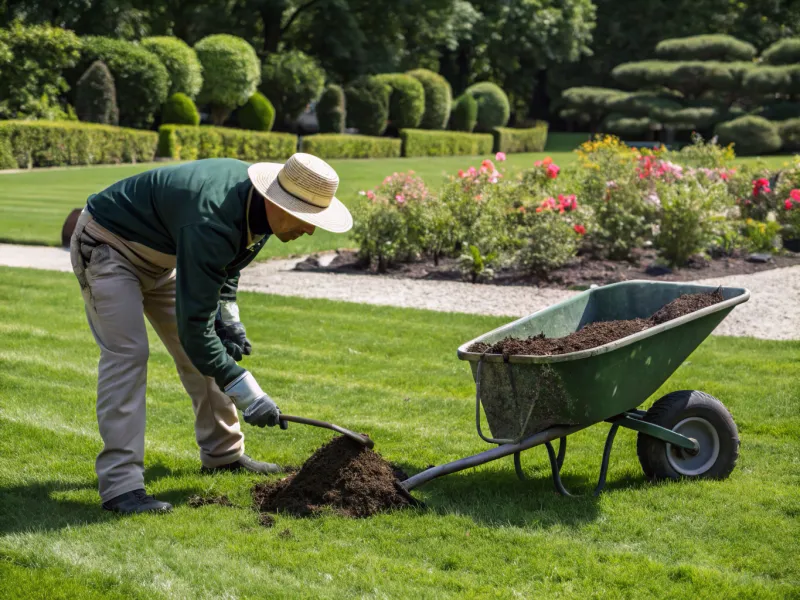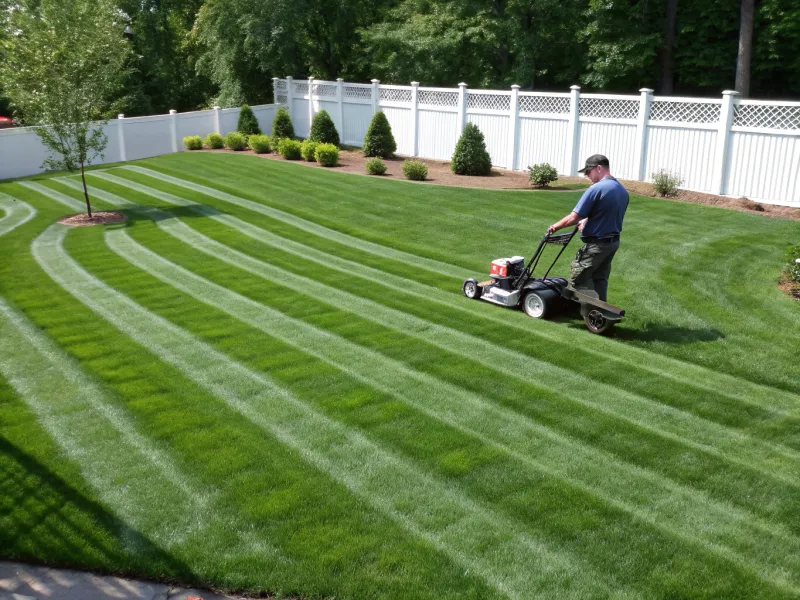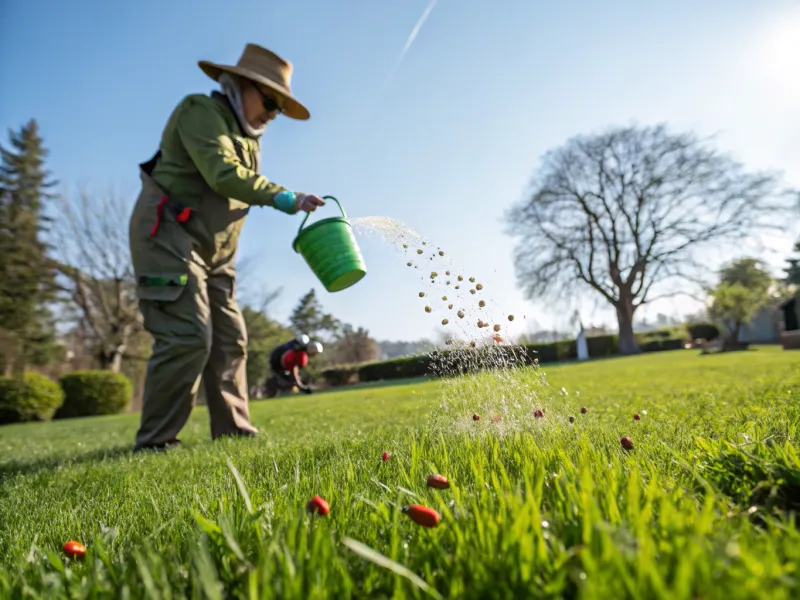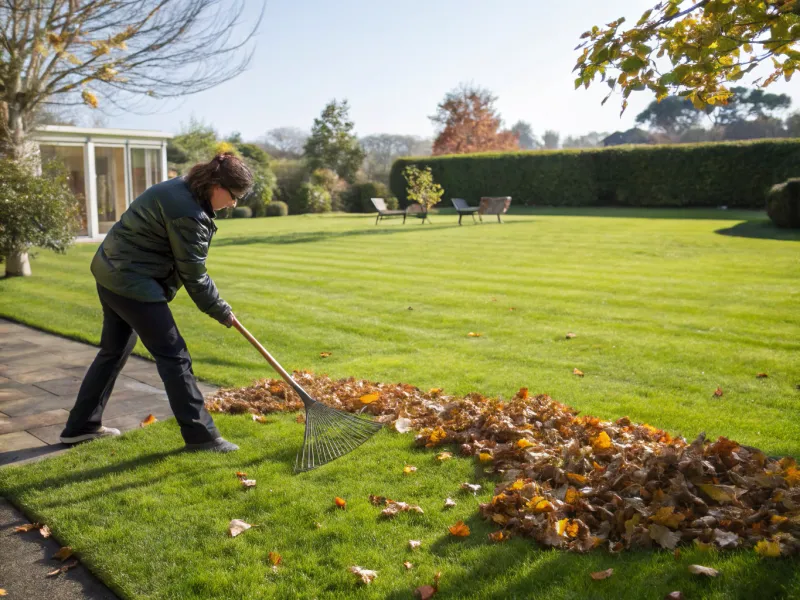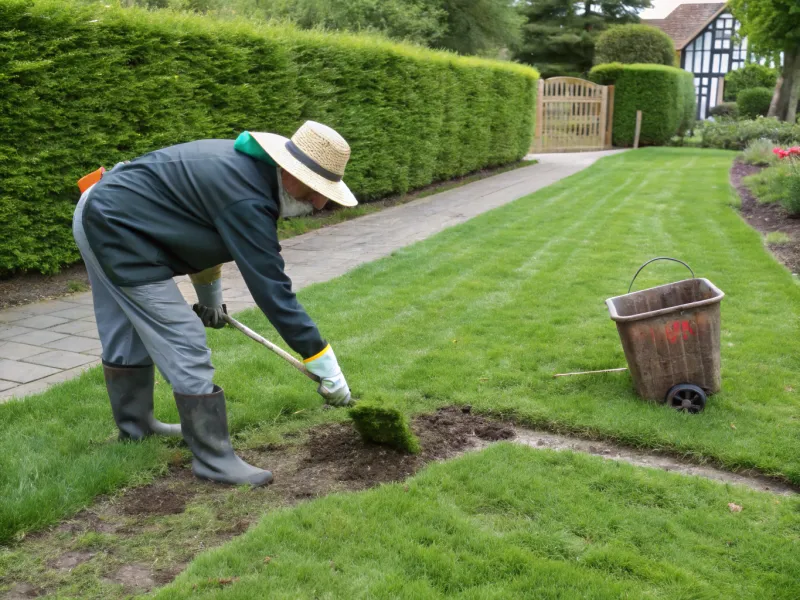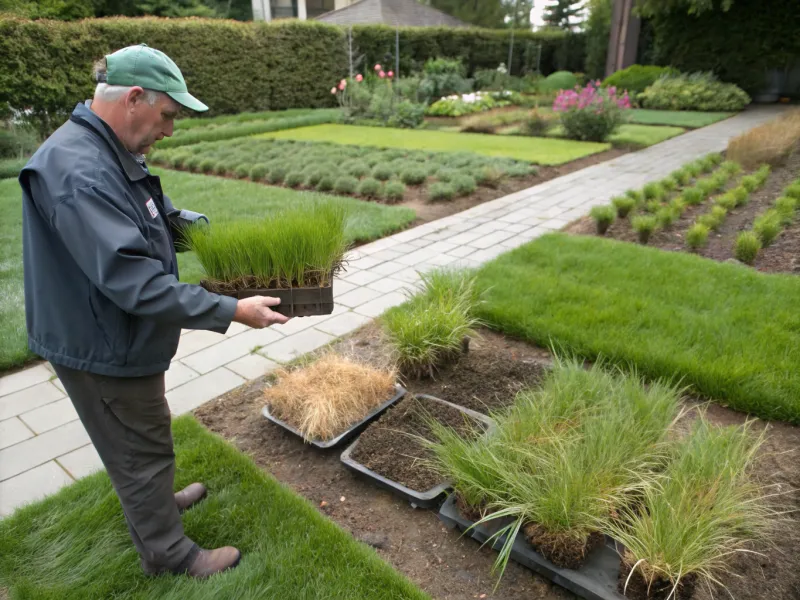Brown patches can be a real eyesore, turning a lush lawn into a patchy mess. The good news? You don’t have to live with them! From fixing common mistakes to tackling pests and diseases, there are plenty of ways to bring your lawn back to life.
Some solutions are quick fixes, while others require a little patience, but every tip comes straight from expert advice. Let’s get into 20 proven ways to banish those brown spots and get your grass looking green again!
1. Water Wisely
Timing is everything when it comes to watering your lawn. Early morning is the best time as it allows the grass to dry throughout the day. Water deeply but infrequently to encourage deep root growth.
Avoid watering in the evening, as this can promote fungal growth. Aim for about an inch of water per week, including rainfall. It’s like giving your lawn a spa treatment!
2. Mow at the Right Height
Keep your grass at the right height to prevent brown patches. Cutting too short can stress the lawn, while letting it grow too tall can suffocate it. The ideal height varies by grass type, but generally, 2.5 to 3 inches is a safe bet.
Regular mowing helps maintain this balance. Remember, sharp blades make clean cuts, reducing stress on your grass. Your lawn’s a runway model, keep it looking sharp!
3. Aerate the Soil
Your lawn needs to breathe, just like you do! Compacted soil can lead to brown patches by suffocating roots. Aeration, which involves perforating the soil, allows water, nutrients, and air to penetrate.
Do this annually, ideally in the fall or spring. It’s like giving your lawn a refreshing breath of fresh air! Healthy soil equals happy grass!
4. Control Lawn Pests
Pesky insects can wreak havoc on your lawn, causing brown patches. Identifying the culprits is the first step. Grubs, chinch bugs, and sod webworms are common offenders.
Use appropriate insecticides or natural remedies to combat them. Regular inspection is key to keeping these pests at bay. Your lawn is not a buffet for bugs!
5. Fertilize Properly
Feeding your lawn the right way can prevent those dreaded brown patches. Use a balanced fertilizer appropriate for your grass type. Apply it evenly in spring and fall for the best results.
Avoid over-fertilizing, as it can burn the grass and cause discoloration. Think of it as your lawn’s meal plan: balanced and nutritious! Healthy grass is well-fed grass.
6. Test and Adjust Soil pH
Is your lawn looking a little sour or too sweet? Soil pH might be the culprit behind those brown patches. Testing the pH can reveal if your soil is too acidic or alkaline, affecting nutrient absorption.
Adjusting pH with lime or sulfur can bring balance. No more unhappy grass, just a happy, thriving lawn! It’s like giving your lawn a chemistry lesson.
7. Improve Drainage
Poor drainage can drown your lawn, leading to unsightly brown patches. If water pools on your lawn regularly, this could be the issue. Installing a drainage system or simply reshaping the landscape can help.
Elevating low areas or creating water channels can improve the situation. It’s like building a water freeway for your yard! Keep your lawn high and dry.
8. Overseed for Recovery
Overseeding can be a quick fix for those brown patches. This involves spreading new grass seed over the existing lawn to fill in bare spots. It’s best done in the fall when temperatures are cooler.
Choose a grass type that matches your current lawn. It’s like giving your lawn a makeover, new and improved! Your grass deserves a fresh start.
9. Control Thatch Buildup
Thatch is a layer of organic matter that can choke your lawn, causing brown patches. Removing excess thatch allows your grass to breathe and grow better.
Use a thatch rake or mechanical equipment for larger areas. It’s like giving your lawn a detox! Keep it light and airy for healthy growth.
10. Shade Management
Too much shade can starve your grass of sunlight, leading to brown patches. Trimming back trees or bushes can help increase sunlight exposure.
Consider shade-tolerant grass varieties if the area is persistently shaded. It’s like giving your lawn a spotlight! Let it soak in the sun’s goodness.
11. Proper Lawn Edging
Crisp edges can make your lawn look neat and prevent grass from spreading into unwanted areas. Proper edging helps define boundaries and reduces brown patches from overgrowth.
Use an edging tool for clean lines and a professional look. Your lawn will look like it’s had a fresh haircut! Keep it trimmed and tidy.
12. Address Pet Damage
Pets are lovely, but they can leave unsightly yellow spots on your lawn. Training pets to use a designated area can help minimize damage.
Flush affected areas with water to dilute urine. It’s like teaching your lawn to coexist with your furry friends! Happy pets and a happy lawn can live together.
13. Prevent Fungal Diseases
Fungal diseases can sneak up on your lawn, causing unsightly brown patches. Keep an eye out for symptoms like discoloration and wilting.
Applying appropriate fungicides can help control outbreaks. It’s like your lawn’s immune system booster! Protect it from those sneaky fungi.
14. Adjust Irrigation System
Is your irrigation system working for or against you? Uneven water distribution can cause dry patches. Regularly check and adjust sprinkler heads for even coverage.
Consider upgrading to smart systems for efficiency. It’s like having a personal water manager for your lawn! Keep it green and hydrated.
15. Use Compost for Nutrition
Compost is like a multivitamin for your lawn, enriching the soil with nutrients. Spread a thin layer of compost over your lawn to improve growth and color.
It’s a natural, eco-friendly way to feed your grass. Think of it as your lawn’s favorite smoothie! Happy soil leads to happy grass.
16. Rotate Mowing Patterns
Switching up your mowing pattern keeps your lawn looking fresh and prevents soil compaction. Try diagonal, vertical, or horizontal mowing for variety.
It’s like changing your lawn’s hairstyle! Keep things exciting and vibrant. Your grass will love the fresh look.
17. Utilize Natural Predators
Nature has its own way of controlling pests, and inviting natural predators can help. Ladybugs, birds, and beneficial nematodes can keep pest populations in check.
It’s an eco-friendly approach to lawn care. Your lawn becomes a wildlife-friendly zone! Balance is key to a thriving ecosystem.
18. Rake Leaves Regularly
Leaves may look pretty, but they can suffocate your lawn if left to accumulate. Frequent raking keeps grass exposed to sunlight and air.
Use a leaf blower or rake to keep your lawn neat. It’s like giving your yard a fresh breath of air! Let your lawn breathe easy.
19. Apply Lime for Balance
Lime can bring harmony to your lawn by balancing acidic soil. Apply it in the fall or spring to adjust pH levels.
It’s like a soothing balm for your grass! Achieve soil perfection for thriving turf. Your lawn will thank you with vibrant growth.
20. Choose the Right Grass Type
All grasses are not created equal, and selecting the right type can make a world of difference. Consider climate, sun exposure, and soil type when choosing grass.
It’s like finding the perfect outfit for your lawn! Invest in grass that suits your yard’s personality. A well-dressed lawn is always in style.

